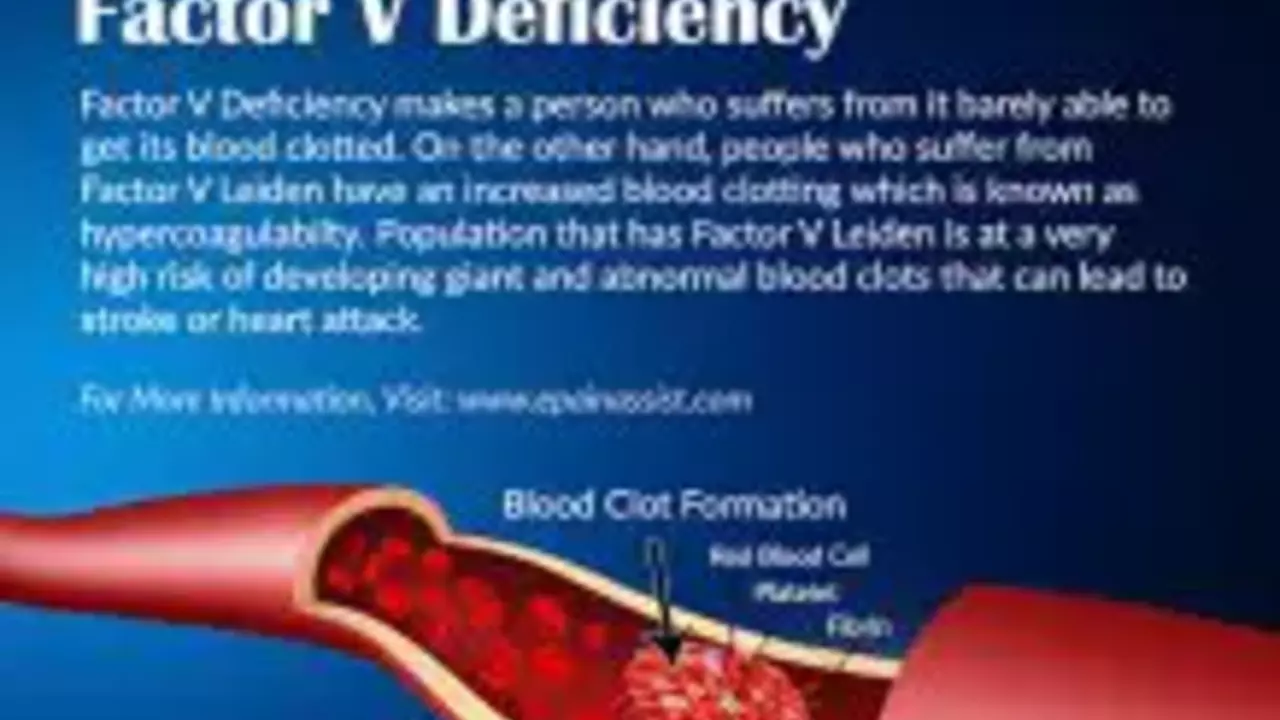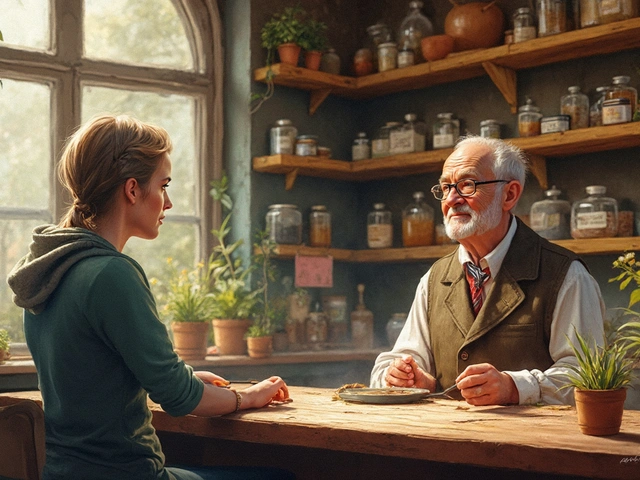Understanding Blood Clots and Stents
Before we delve into the warning signs of blood clots in stents, it's crucial to understand what blood clots and stents are. A blood clot is a gel-like clump of blood. While clotting is a necessary process that prevents you from losing too much blood when injured, they can also form in your veins and arteries, posing significant health risks. On the other hand, a stent is a tiny tube that a doctor can place into a blocked passageway to keep it open. The stent restores the flow of blood or other fluids, depending on where it's placed. In the context of this article, we are referring to stents placed in blocked blood vessels.
Why Blood Clots Form in Stents
Stents, though life-saving devices, can sometimes cause problems themselves. When a stent is inserted into a blood vessel, it can cause the vessel's wall to become irritated or damaged. This irritation or damage can lead to the formation of a blood clot. If the blood clot breaks loose, it can block the blood vessel, causing a heart attack or stroke. This condition is often referred to as stent thrombosis, and it is a severe complication that requires immediate medical attention.
Identifying Early Warning Signs
Recognizing the early warning signs of a blood clot in a stent can be a lifesaver. Some of the most common symptoms include chest pain or discomfort that doesn't go away, shortness of breath, and discomfort in other areas of the upper body such as the arms, back, neck, jaw, or stomach. Other symptoms may also include lightheadedness, nausea, or breaking out in a cold sweat. If you experience any of these symptoms, seek medical help immediately.
Recognizing Symptoms in Women
While both men and women can develop blood clots in stents, women may experience different symptoms. In addition to the warning signs mentioned earlier, women may also experience symptoms such as unusual fatigue, sleep disturbances, indigestion, and anxiety. It's crucial for women to pay attention to these symptoms as they can be easily overlooked or attributed to other causes.
Understanding the Risk Factors
Knowing the risk factors can also aid in early detection and prevention of blood clots. These might include a history of heart disease, high cholesterol, high blood pressure, diabetes, or smoking. Obesity and a sedentary lifestyle can also contribute to the risk of blood clots. If you have any of these risk factors, it's essential to discuss them with your doctor, who can help you develop a prevention plan.
Importance of Regular Check-ups
Regular check-ups with your doctor are crucial if you have a stent. These check-ups allow your doctor to monitor the stent and ensure that it's functioning correctly. During these visits, your doctor may perform tests, such as an angiogram, to check for any problems with the stent. Regular check-ups are also an excellent opportunity to discuss any symptoms or concerns you may have.
Preventing Blood Clots in Stents
Prevention is always better than cure. To prevent blood clots in stents, doctors usually prescribe medications that thin the blood and prevent clots from forming. These medications should be taken exactly as prescribed. Additionally, leading a healthy lifestyle can also help prevent blood clots. This includes eating a balanced diet, exercising regularly, quitting smoking, and limiting alcohol intake.
The Role of Diet and Exercise
As mentioned earlier, a healthy lifestyle can significantly lower the risk of blood clots in stents. A balanced diet rich in fruits, vegetables, lean proteins, and whole grains can help maintain a healthy weight and lower your risk of heart disease. Regular exercise can also help improve your heart health and reduce your risk of blood clots. Always talk to your doctor before starting any new diet or exercise program.
When to Seek Medical Attention
If you suspect you have a blood clot in your stent, seek medical attention immediately. The symptoms of a blood clot can be similar to those of other conditions, so it's essential to get a proper diagnosis. Remember, early detection and treatment can save your life. Never hesitate to seek medical help if you're experiencing any symptoms of a blood clot.






Stents don't cause clots. The real issue is the pharmaceutical industry pushing anticoagulants to keep people dependent. Blood clots are nature's way of sealing a breach - not a failure. Your doctor is paid by the lab that sells your meds. Read the FDA's internal memos from 2007. They knew.
Bro this is life saving info 🙏 I had a stent last year and I was terrified of chest pain till I read this Now I just take my meds and go for walks Life is good
So you're telling me the same people who told us statins prevent heart attacks are now telling us stents prevent clots? Interesting. My uncle got three stents and died three months later. Coincidence? Or just another chapter in the healthcare theater?
One must exercise rigorous epistemological caution when interpreting the clinical literature surrounding stent thrombosis. The conflation of correlation with causation, particularly in the context of pharmaceutical industry-sponsored trials, introduces a nontrivial confounding variable. Moreover, the diagnostic criteria for 'warning signs' remain inadequately standardized across international cardiological societies, thereby undermining the reliability of patient-reported symptomatology as a primary indicator of clinical deterioration.
You people are insane. You read this article and still think it’s all about drugs and conspiracies? I had a stent put in after a heart attack. I didn’t get it because some pharma rep winked at me. I got it because my artery was 98% blocked. I take my meds. I walk every day. I don’t waste time on Reddit fantasies. If you’re not following your doctor’s advice, you’re not a victim - you’re just dumb.